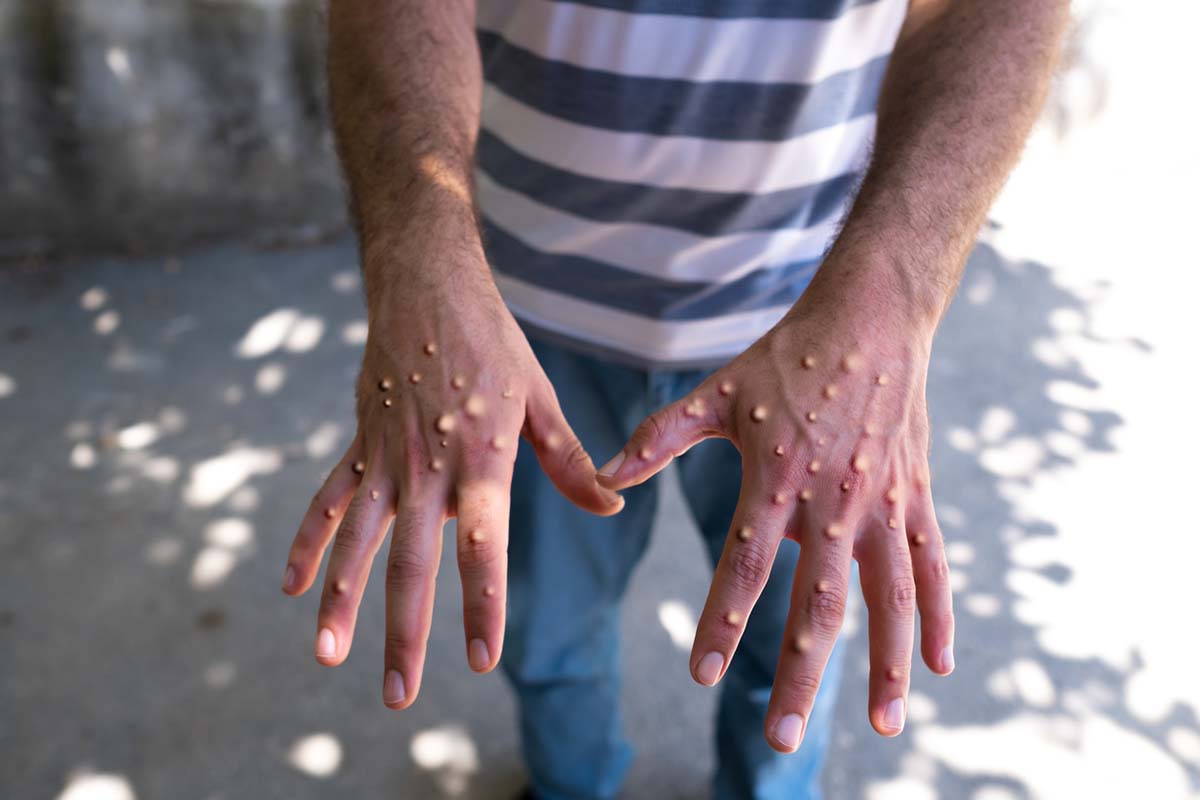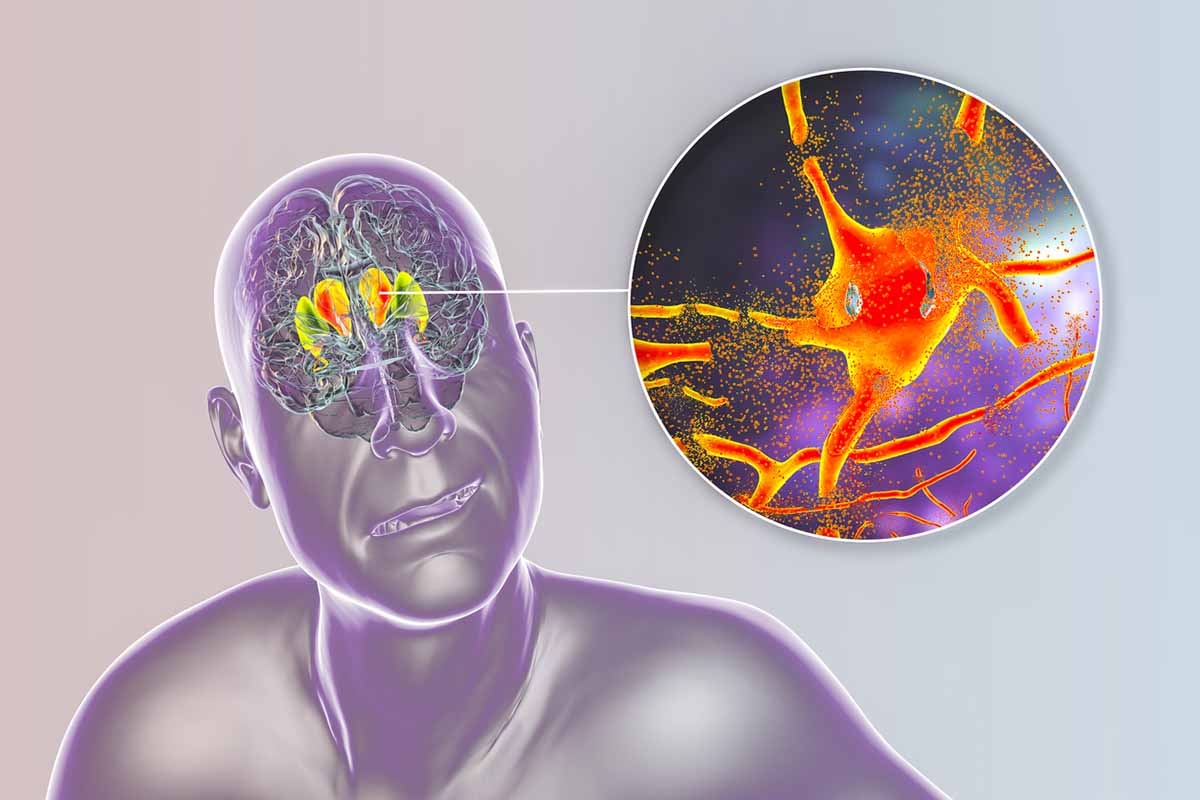Because this piece does not have an abstract, we have provided for your benefit the first 3 sentences of the full text.
To the Editor: Suvorexant is an orexin receptor antagonist for treating insomnia. Pooled data have suggested that suvorexant 20 and 15 mg is effective in nonelderly (less than 65 years old) and elderly insomnia patients, respectively. Suvorexant has a preventive effect on delirium onset.
To the Editor: Suvorexant is an orexin receptor antagonist for treating insomnia. Pooled data have suggested that suvorexant 20 and 15 mg is effective in nonelderly (less than 65 years old) and elderly insomnia patients, respectively.1 Suvorexant has a preventive effect on delirium onset.2
Case report. We present a case involving an 84-year-old Japanese man who rapidly developed a depressive state. He had been treated with escitalopram 10 mg/d, quetiapine 12.5 mg/d, and zolpidem 10 mg/d for depression for the preceding 2 weeks. He was transferred to the emergency department at our institution, Hirosaki University Hospital, because he had been bitten by fleas and set fire to his house in an attempt to eradicate them. His prior history was laryngeal cancer, gastric cancer, and right watershed cerebral infarction with left hemiplegia. We gave him only quetiapine 50 mg/d for insomnia. On day 8, the patient complained of sleep disturbance, and we added suvorexant 15 mg/d at bedtime. At 11 pm, he began running around the ward holding his futon and subsequently hit his head on the wall. He was not compliant with instructions from the nurse in charge of his care. He traced letters in the air with his eyes closed. He showed the nurse incomprehensible writing such as, "When the South Korea Olympics are over I fight against North Korea and the maximal product of depression for him.’ ¦" The nurse asked whether he remembered prior events, but he did not respond in any way to the nurse’s question. The next morning, he was fully conscious during the day. He scored 26 points on the Mini-Mental State Examination.3 We discontinued suvorexant and increased quetiapine to 100 mg/d because we diagnosed the patient with delirium in accordance with the criteria in DSM-5 and determined that it was induced by suvorexant. From the next day, the patient was sleeping soundly, and symptoms of delirium were no longer observed.
The present case suggested, on the basis of the patient’s clinical course, the occurrence of suvorexant-induced delirium. This phenomenon has not previously been reported. Because Hatta et al2 conducted a study in which no patients in the suvorexant treatment group developed delirium, it is believed that suvorexant has a strong preventive effect on the development of delirium. Our patient had several risk factors for delirium, including old age, a history of treatment for 2 types of cancer, aphonia, left hemiplegia, and pain from his burns.4 In addition, the possibility of potential interaction between suvorexant and quetiapine, because both drugs are metabolized by CYP3A,5,6 cannot be excluded. In cases involving patients with complicated medical histories, attention to the possibility of delirium onset is necessary even though suvorexant is being administered.
References
1. Herring WJ, Connor KM, Snyder E, et al. Suvorexant in elderly patients with insomnia: pooled analyses of data from phase III randomized controlled clinical trials. Am J Geriatr Psychiatry. 2017;25(7):791-802. PubMed CrossRef
2. Hatta K, Kishi Y, Wada K, et al; DELIRIA-J Group. Preventive effects of suvorexant on delirium: a randomized placebo-controlled trial. J Clin Psychiatry. 2017;78(8):e970-e979. PubMed CrossRef
3. Folstein MF, Folstein SE, McHugh PR. "Mini-mental state." a practical method for grading the cognitive state of patients for the clinician. J Psychiatr Res. 1975;12(3):189-198. PubMed
4. Watt J, Tricco AC, Talbot-Hamon C, et al. Identifying older adults at risk of delirium following elective surgery: a systematic review and meta-analysis. J Gen Intern Med. 2018;33(4):500-509. PubMed CrossRef
5. Hasselstr׸m J, Linnet K. Quetiapine serum concentrations in psychiatric patients: the influence of comedication. Ther Drug Monit. 2004;26(5):486-491. PubMed CrossRef
6. Cui D, Cabalu T, Yee KL, et al. In vitro and in vivo characterisation of the metabolism and disposition of suvorexant in humans. Xenobiotica. 2016;46(10):882-895. PubMed CrossRef
aDepartment of Neuropsychiatry, Graduate School of Medicine, Hirosaki University, Hirosaki, Japan
Potential conflicts of interest: Dr Yasui-Furukori has received honoraria and travel expenses for speaking at an event organized by Dainippon-Sumitomo Pharma, MSD Pharma, and Mochida Pharma. Drs Yoshida and Nakamura report they have no conflict of interest to disclose.
Funding/support: None.
Patient consent: Consent was received from the patient to publish this case report, and information has been de-identified to protect anonymity.
Published online: November 15, 2018.
Prim Care Companion CNS Disord 2018;20(6):18l02297
To cite: Yoshida K, Nakamura K, Yasui-Furukori N. Suvorexant-induced delirium. Prim Care Companion CNS Disord. 2018;20(6):18l02297.
To share: https://doi.org/10.4088/PCC.18l02297
© Copyright 2018 Physicians Postgraduate Press, Inc.
Please sign in or purchase this PDF for $40.00.




